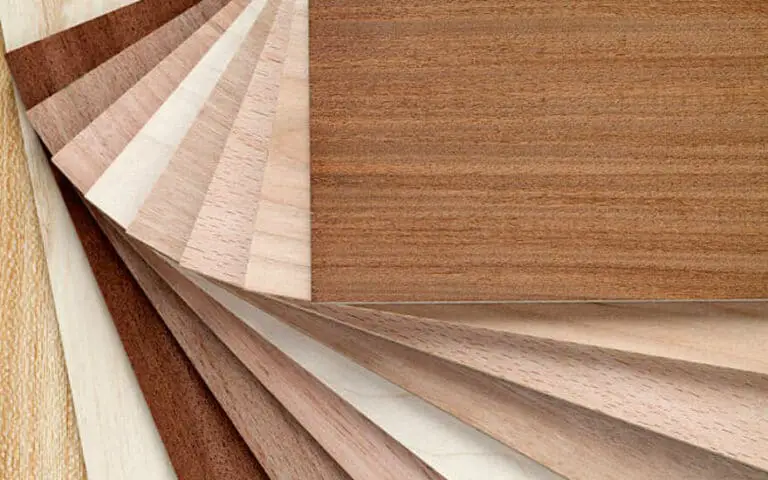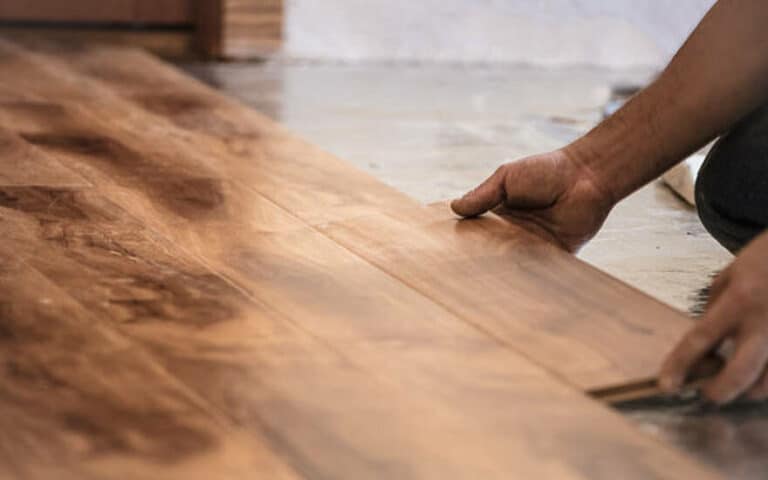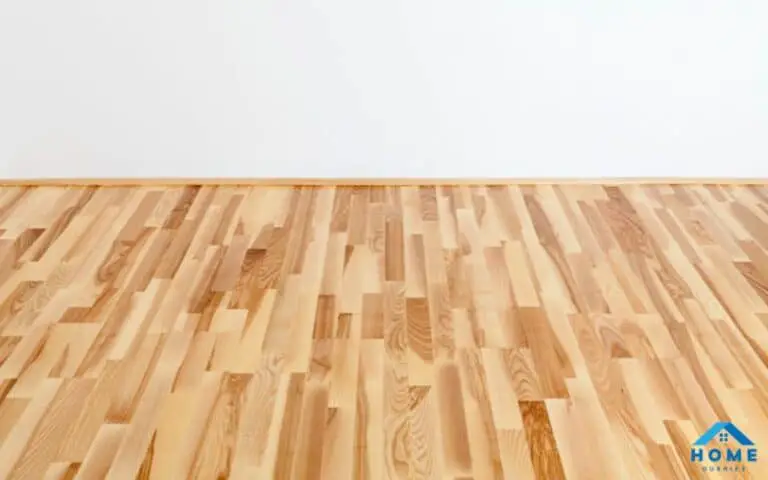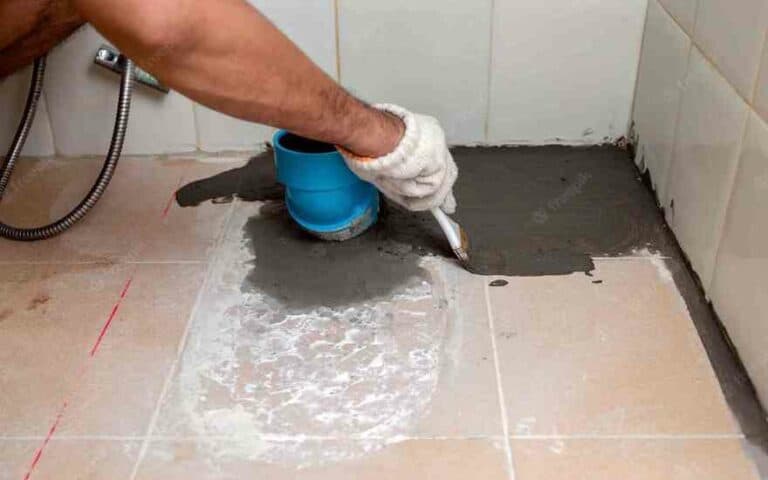It’s essential to obtain what’s causing them before they become a bigger issue. In this blog post, I’ll discuss some of the most common causes of cracked bathroom floor tiles and how to fix them.
10 Causes of Cracked Tile Flooring
Tile floors are common in bathrooms, but unfortunately, they can be prone to cracking. Knowing what causes cracked tile flooring can help you avoid them in the future. Here are ten common causes of cracked tile flooring:
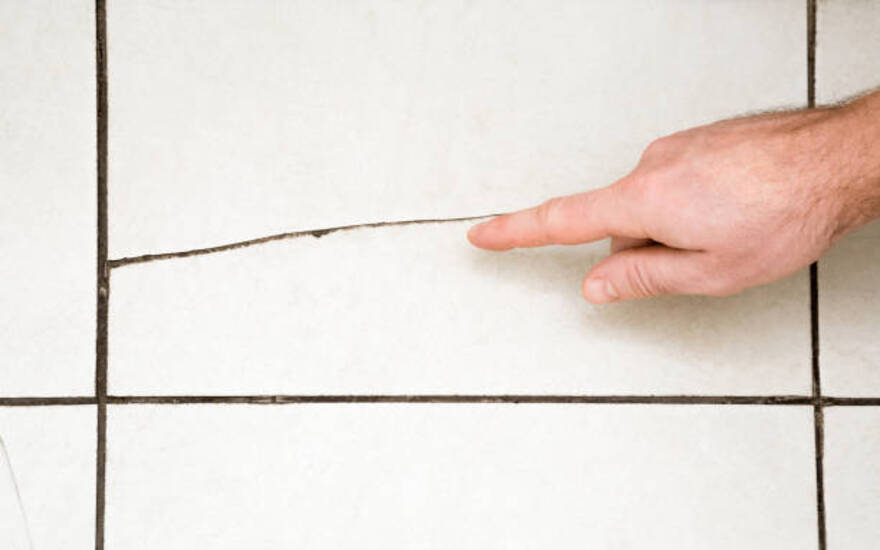
1. Poor installation technique
A typical issue with bathroom floor tiles is cracking, often brought on by improper installation. Several different factors can cause poor installation techniques. The most common are using the wrong type of adhesive, applying too much pressure, not allowing enough space between tiles, or not properly sealing the grout.
These issues can lead to the tiles cracking due to inadequate support or shifting. Additionally, any movement of the underlying substrate can cause tile cracks. It’s important to ensure that any tile installation is done correctly to prevent potential structural damage and cracking of the tiles.
2. Excessive weight on the floor
The second major cause of cracked tile floors is excessive weight on the floor. This can be due to heavy furniture, large appliances, or other items placed on the floor. It’s also possible for tiles to break over time if a hefty individual stands in one place for too long.
This pressure can cause tiles to crack and break, particularly if the subfloor is not adequately reinforced to support the extra weight. You must ensure that the subfloor can support the weight of any furniture or appliances you want to set down on it.
3. Shifting or settling of the foundation or subfloor
Shifting or settling the foundation or subfloor is another frequent cause of cracked tile flooring. When the foundation or subfloor shifts or settles, it can cause the tiles to become loose and crack.
This type of foundation movement is often the result of poor construction techniques or inferior building materials. It can also be caused by changes in the soil beneath the foundation or subfloor, such as soil erosion or compaction. This can cause the foundation to shift and settle, resulting in cracked tiles.
4. Improperly applied grout
Grout is an important part of any tile installation, as it helps to keep the tiles in place and provides a waterproof seal. Unfortunately, it is all too easy to apply grout incorrectly, which can cause tiles to crack.
Improper grout application can happen when it is too thick, not evenly distributed throughout the tile surface, or too brittle or weak. It can also become cracked or damaged if it is not sealed properly. The tiles will be vulnerable to cracking in any of these cases, especially under heavy objects or moisture pressure.
5. Leaks and moisture buildup beneath tiles
Leaking and moisture buildup beneath tiles is another common cause of cracked tile flooring. Moisture can seep into the substrate of the tile and cause the tiles to expand and contract. This creates stress on the tile, causing it to crack.
Waterproofing and sealing the substrate to keep out moisture that might cause harm is also crucial. Also, keeping water away from the grout lines can help prevent cracking.
6. Use of a high-alkaline cleaner on the tile surface
It’s important to use the right cleaner when cleaning tile floors. If a high-alkaline cleaner is used, it can damage the grout or sealant, resulting in the tiles cracking.
This is why it is important to use a cleaner specifically designed for tile floors. Additionally, using mild detergent and warm water is a great way to clean tile floors without damaging them.
7. Exposure to extreme temperature changes
As well as the other causes of cracked tile flooring, extreme temperature changes can also cause tiles to crack. This is especially true in places with extreme temperatures, as the tiles may experience rapid temperature changes.
When tiles are exposed to extreme temperatures, they can expand and contract, which can cause them to crack. You may avoid this by using tiles designed to withstand high temperatures and maintaining a constant temperature for your tiles.
8. Age and wear of the tiles over time
Tile flooring can start to wear over time due to normal foot traffic, as well as temperature changes, humidity, and UV exposure. This can cause the tiles to become brittle and more susceptible to cracking.
In addition, the natural settling of the foundation or subfloor can lead to tile cracking due to changing levels of stress on the flooring. Age and wear of the tiles can also cause the grout between each tile to become loose or cracked, leading to further cracking.
9. Unevenly-sized tiles
Unevenly sized tiles can also be a culprit for cracks in bathroom floor tiles. Even if the tiles are properly installed, if some tiles are larger or thicker than others, they may not fit together properly, and the joints between them may become weak and eventually crack. To prevent this, use tiles of the same size and thickness when tiling a bathroom floor.
10. Defective tiles
Defecting tiles can also be the culprit when it comes to cracked tile flooring. Defective tiles can be caused by faulty manufacturing or even the wrong type of tile installed in a space.
You must purchase high-quality tiles and get them installed by a professional to ensure they’re fitted correctly. Additionally, if you’re using tiles in a wet area, it’s important to use tiles resistant to moisture and water. If you don’t, you could find yourself with cracked tiles.
How can I prevent my tile floor from cracking?
Preventing cracked tile flooring is essential to maintain a beautiful bathroom. To avoid tile cracking, it’s important to take the proper steps during installation. Ensure the subfloor is level and properly prepared, use a flexible grout and adhesive, and ensure that the tiles are evenly sized.
In addition, it’s essential to use the right cleaning products on tile floors. Avoid high-alkaline cleaners, as they can cause cracking over time. Finally, check your tile floor regularly for signs of wear and tear and address any issues quickly. Proper maintenance and care can keep your tile floor looking beautiful for years.
How can I fix cracked shower tiles?
There are a few solutions to the problem of cracked tiles in the shower. To what extent the tile is damaged will determine whether or not you can fix it on your own. If the damage is significant, you may need to replace the tile.
In either case, it’s important to find out what caused the tile to crack in the first place. Once you’ve identified the underlying problem, you can take the appropriate steps to address it.
- You can try using a tile repair kit if the crack is minor and the tile is still in one piece. These kits usually contain a two-part epoxy adhesive, a mixing cup and applicator, and instructions. Simply mix the epoxy according to the instructions, apply it to the crack, and allow it to dry.
- There may be a requirement for replacement if the tile has been shattered into many pieces. Start by carefully removing the broken tile and preserving any grout or adhesive surrounding it. Once it’s removed, you can use a new tile of the same size and shape to replace it. You can also use a grout saw to trim it to fit the space if you need to.
- Finally, apply adhesive or grout to the back of the tile before pressing it firmly into place. Let the adhesive dry for at least 24 hours before using the shower.
Once you’ve completed the repair, it’s important to keep an eye on the tile for any further signs of damage. If you notice any cracks or damage, it’s important to have it fixed immediately to prevent further damage.
How much does it cost to retile a bathroom?
Bathroom tiling is an expensive project that can add up quickly, but it is essential to ensure the longevity of your bathroom floor tiles. The cost of retiling a bathroom depends on the size of your bathroom, the type of tile you choose, and the job’s complexity.
Generally, it can range anywhere from $1,000-$3,000. If you need to replace the subfloor, the cost may increase significantly. Additionally, if you hire a professional, it will cost more than if you do the work yourself.
Fixing cracks in tile without replacing them
Wrap Up
Tile flooring is a great addition to any bathroom, but it’s important to know what causes it to crack so you can prevent it from happening. Generally, issues such as poor installation technique, heavy weight on the floor, shifting or settling of the foundation or subfloor, improperly applied grout, and leaks and moisture buildup beneath tiles lead to cracked tile flooring.
Additionally, using a high-alkaline cleaner on the tile surface, exposure to extreme temperature changes, age and wear of the tiles over time, unevenly sized tiles, and defective tiles can also cause tile flooring to crack.

